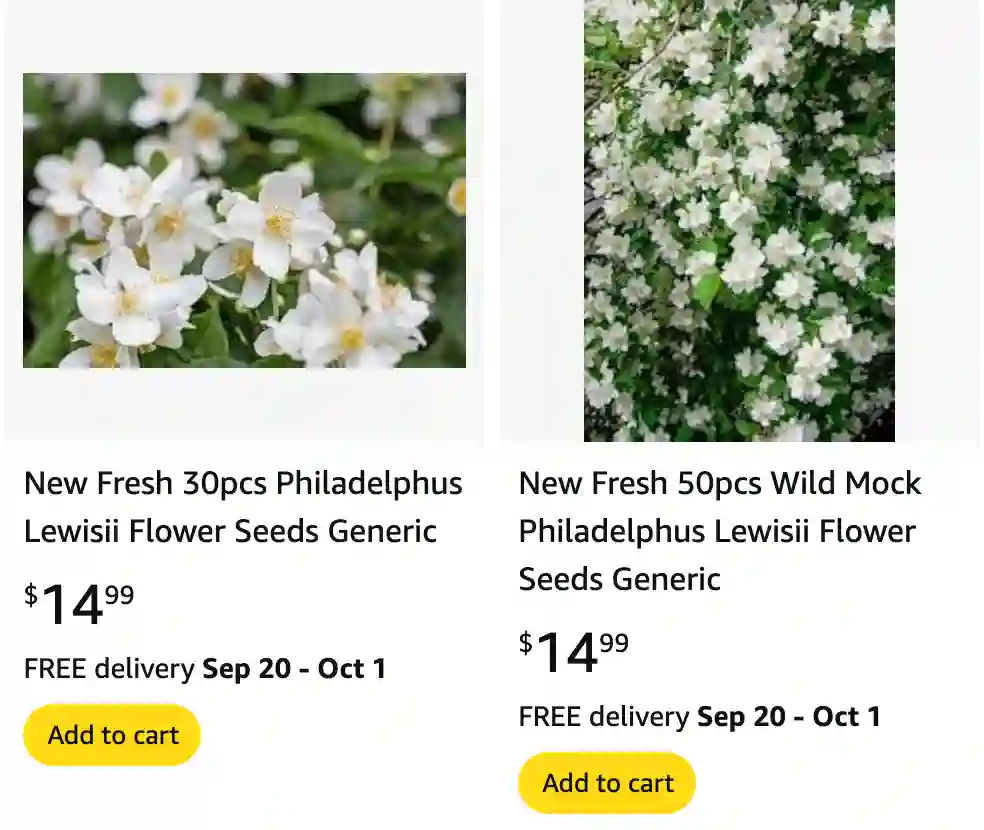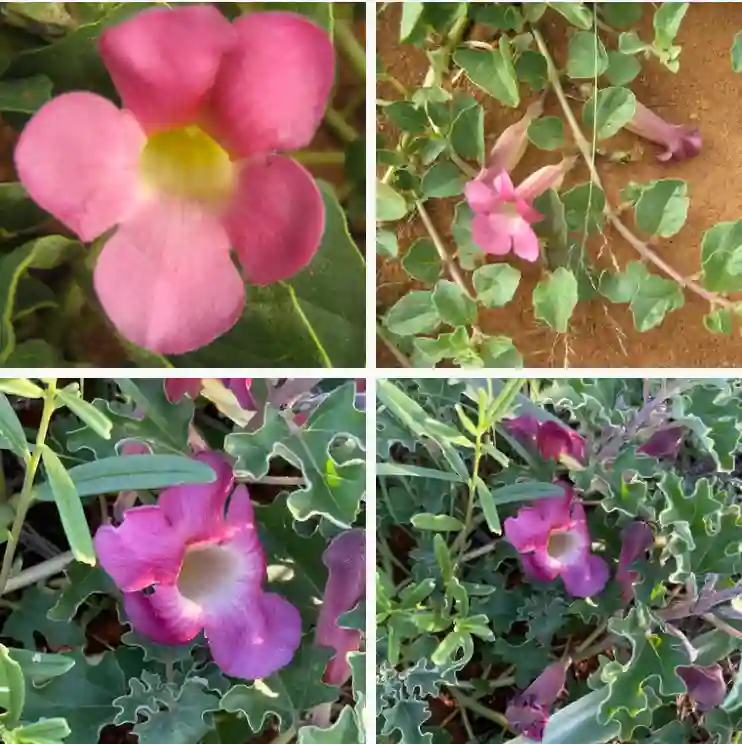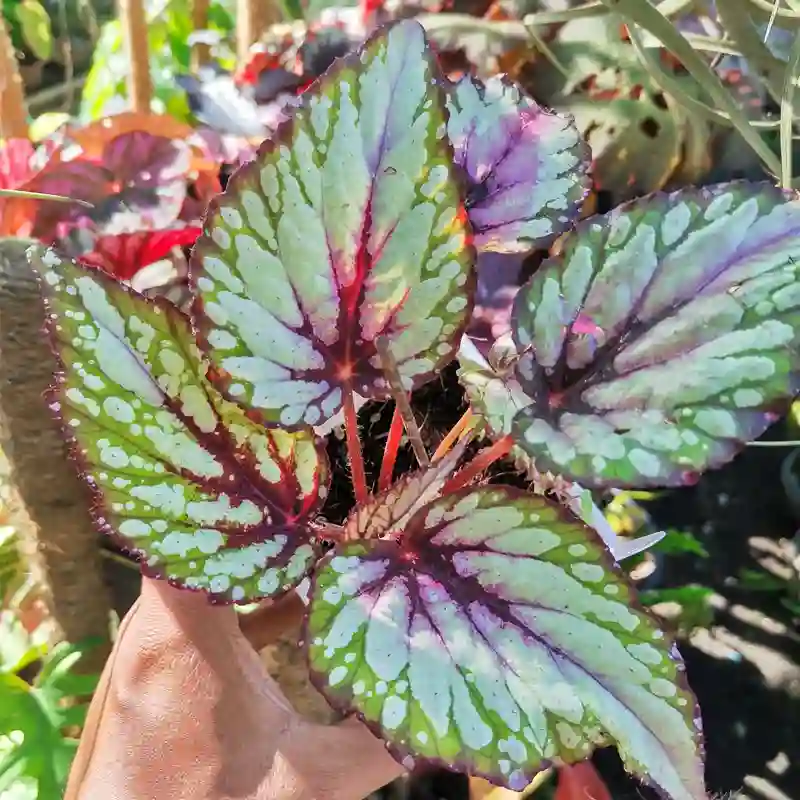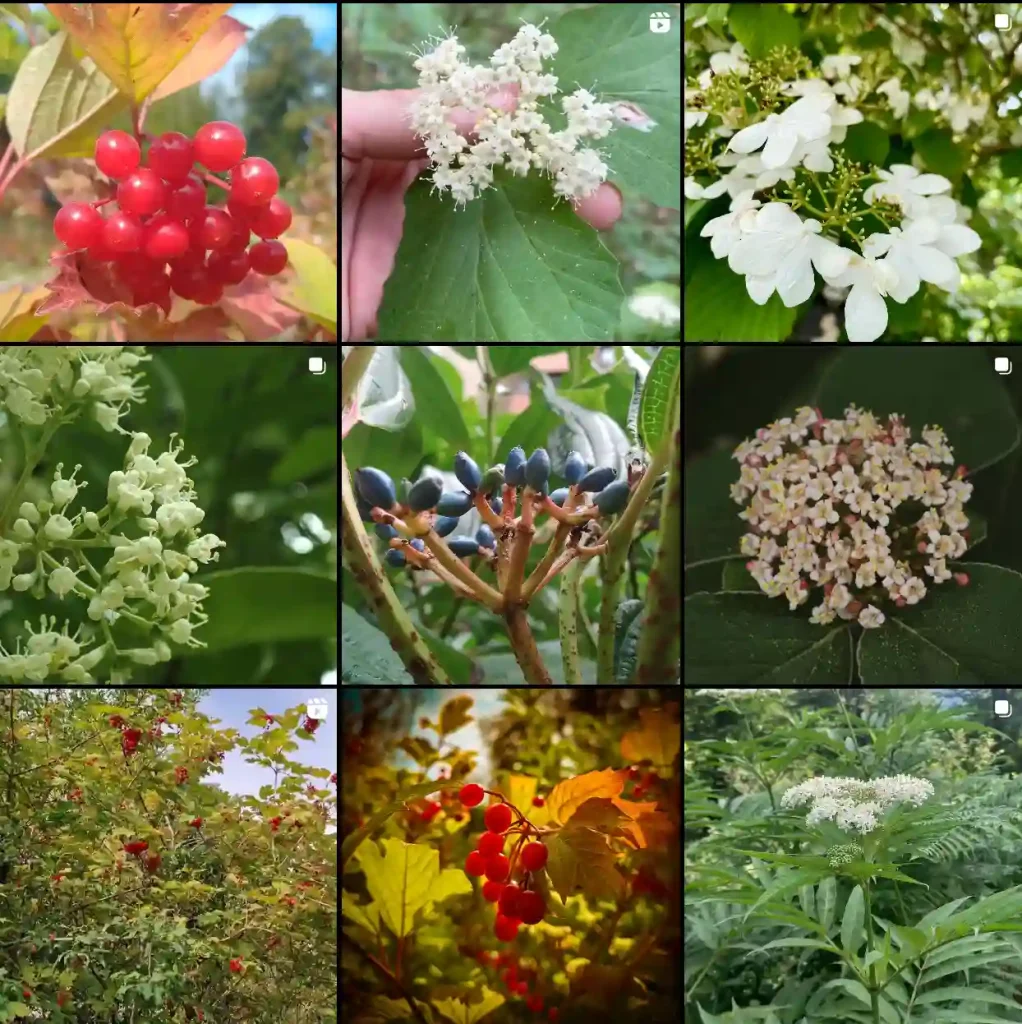
FAQs About Philadelphus Lewisii
Philadelphus Lewisii, commonly known as the Lewis’ Mockorange, is a beautiful and fragrant shrub that holds a special place in my garden. Native to the western United States, this plant is well-loved for its delightful white flowers and citrusy fragrance. Below, I’ll answer some of the most frequently asked questions about Philadelphus Lewisii, including how to care for it, its pronunciation, and more.
45 Species in Genus Philadelphus
What is Philadelphus Lewisii?
Philadelphus Lewisii is a deciduous shrub known for its stunning white, four-petaled flowers and delightful fragrance, often reminiscent of oranges, which is how it earned the common name “Mockorange.” This plant can grow up to 10 feet tall and 6 feet wide, making it an excellent choice for hedges or as a standalone specimen in the garden. It’s not only beautiful but also hardy, withstanding a range of climates and growing conditions.
How to Pronounce Philadelphus Lewisii?
The pronunciation of Philadelphus Lewisii can seem a bit tricky at first. It is pronounced as “fill-uh-DEL-fus loo-ISS-ee-eye.” Breaking it down into syllables can make it easier to get right. The name is derived from the Greek word “philos” meaning loving, and “adelphos” meaning brother, which refers to the close stamens found in the flowers.
How to Care for Philadelphus Lewisii (Blizzard Mockorange)?
Caring for Philadelphus Lewisii is relatively straightforward, which is one of the reasons I love having it in my garden. Here are some tips:
- Sunlight: Philadelphus Lewisii thrives best in full sun to partial shade. It needs at least 6 hours of direct sunlight daily to bloom profusely.
- Soil: This shrub prefers well-drained soil but is adaptable to different soil types, including sandy or loamy soils. Adding organic matter can improve soil quality.
- Watering: Water the plant regularly during the first growing season to establish a deep, extensive root system. Once established, it is drought-tolerant but performs best with moderate watering, especially during dry periods.
- Fertilization: Philadelphus Lewisii does not require much fertilization. A balanced, slow-release fertilizer in the spring can boost growth and flowering.
- Mulching: Adding a layer of mulch around the base of the plant can help retain moisture and regulate soil temperature.
How to Prune Philadelphus Lewisii?
Pruning is an essential part of maintaining a healthy and aesthetically pleasing Philadelphus Lewisii. Prune immediately after flowering to avoid cutting off next year’s flower buds. Focus on removing dead or diseased wood, and thin out the oldest stems to encourage new growth. I like to shape the plant by cutting back overgrown branches, which also helps to improve air circulation and sunlight penetration.
What Does Philadelphus Lewisii Look Like in the Winter?
In the winter, Philadelphus Lewisii loses its leaves, revealing its grayish-brown stems and branches. Although it is not as visually striking without its lush foliage and flowers, the structure of the bare branches can add an interesting texture to the winter garden. The plant remains dormant during this period, conserving energy for the blooming season.
Where Can You Buy Philadelphus Lewisii?
Philadelphus Lewisii is widely available at local nurseries, garden centers, and online plant retailers. I’ve found it helpful to check with native plant nurseries, as they often carry a good selection of Philadelphus Lewisii varieties. Buying from a reputable source ensures you get a healthy plant that is true to type.
Why is Philadelphus Lewisii Idaho’s State Flower?
Philadelphus Lewisii was designated as Idaho’s state flower in 1931. Its selection was due to its prevalence in the state and its stunning beauty. The plant is named after Meriwether Lewis of the Lewis and Clark Expedition, who documented it during their exploration. The Mockorange’s lovely blooms symbolize the natural beauty of Idaho’s landscapes.
How to Propagate Philadelphus Lewisii?
Propagating Philadelphus Lewisii can be done through cuttings or seeds. I prefer using cuttings, as it is more straightforward and faster:
- Take a 6-inch cutting from a healthy, non-flowering stem in late spring or early summer.
- Remove the lower leaves and dip the cut end in rooting hormone.
- Plant the cutting in a pot filled with a mix of sand and perlite.
- Keep the soil moist and place the pot in a warm, bright area out of direct sunlight.
What to Plant with Philadelphus Lewisii?
Philadelphus Lewisii pairs beautifully with other shrubs and perennials. I like to plant it alongside lilacs, peonies, and lavender, which complement its white blooms and fragrant nature. Its height and structure also make it a great backdrop for lower-growing perennials and annuals.
Can You Grow Philadelphus Lewisii Indoors?
Philadelphus Lewisii is not well-suited for indoor growing. It’s a large shrub that requires full sun and ample space to thrive. However, if you have a conservatory or a very bright indoor space, you might give it a try, but it’s best suited to outdoor gardens.
Is Philadelphus Lewisii Toxic?
Philadelphus Lewisii is not known to be toxic to humans or pets, making it a safe choice for gardens where children or animals are present. However, as with any plant, it’s best to avoid ingesting its parts.
Common Problems with Philadelphus Lewisii
Philadelphus Lewisii is relatively pest and disease-resistant. However, it can sometimes face issues such as aphids, spider mites, and powdery mildew. Regular inspections and good garden hygiene can help prevent these problems. If I notice any pests, I usually opt for a natural insecticidal soap or neem oil spray.
Benefits of Growing Philadelphus Lewisii
One of the primary benefits of growing Philadelphus Lewisii is its beautiful, fragrant flowers that attract pollinators such as bees and butterflies. Its adaptability to various soil types and climates makes it an excellent choice for many gardeners. Additionally, its historical significance and status as Idaho’s state flower add a sense of connection to nature and history.
Philadelphus Lewisii vs. Other Mockorange Varieties
Compared to other Mockorange varieties, Philadelphus Lewisii is particularly noted for its hardiness and adaptability. While other types might offer double blooms or different fragrance profiles, Philadelphus Lewisii’s ease of care and reliable performance make it a favorite among gardeners.
In conclusion, Philadelphus Lewisii is a versatile and delightful addition to any garden. Whether you’re looking to add a touch of fragrance, attract pollinators, or enjoy a low-maintenance shrub, this plant is a fantastic choice.
If i die, water my plants!



